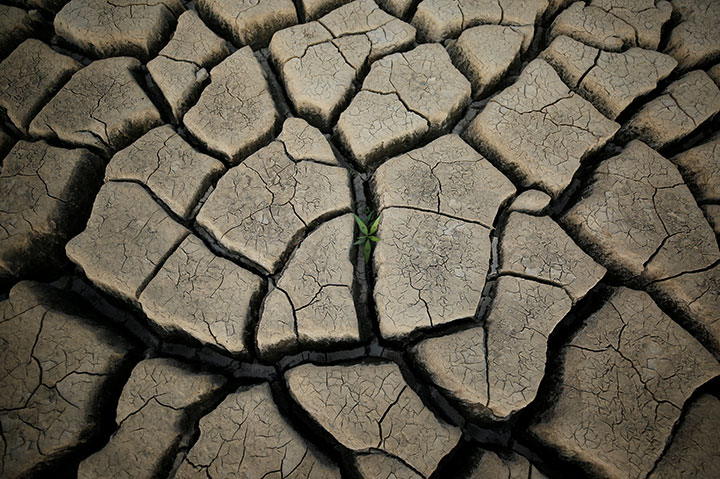South Africa’s second-biggest city, Cape Town, may not be faced with a Day Zero, the day the city of about four million people is forced to shut off its taps, thanks to conservation efforts and the prospect of winter rains.

Cape Town has been faced with a deepening water crisis which had been blamed on a population boom and several years of drought, forcing citizens of the popular tourist destination to ration their water consumption or face Day Zero, when authorities would close off most taps if not enough water is saved.
Officials had forecasted Day Zero to fall around April 22, forcing residents to use no more than 87 litres per person, per day. The tap shut-off date has been moved several times, to as early as April 12, due to falling dam levels, and as late as July 9.
READ MORE: Cape Town will deploy army, police to protect water source after taps run dry on ‘Day Zero’
However, on Wednesday, Mmusi Maimane, whose Democratic Alliance party runs Cape Town, announced that as a result of water restrictions, Day Zero may not even occur in 2018.

“Just less than two months ago, the city of Cape Town was in a dire position,” Maimane said at a news conference. “We were told that due to the worst drought the city had seen in over 100 years, its water supply was near depletion and Day Zero … was set to arrive on April 12.
“I am therefore happy to announce today that provided we continue consuming water at current levels, and we receive decent winter rainfall this year, Day Zero will not occur in 2018. This means the taps will stay open in 2018!” Maimane said.

Maimane also announced the news on Twitter, thanking residents.
“I want to thank the residents of Cape Town, who have responded magnificently. Everyone has played their part to keep the taps open. Consumption now sits at between 510 and 520 million litres per day – down from almost 1.2 billion litres in February 2015!” he tweeted.
According to the United Nations, some 1.6 billion people face water shortages due to the lack of proper infrastructure to take water from rivers and aquafers. Another two billion people live in areas where they face water scarcity.

Get daily National news
Moreover, the organization said two-thirds of the world’s population currently live in areas that experience water scarcity at least for one full month a year.
READ MORE: Cape Town could be first major city to run out of water — in 90 days
Though Cape Town may be spared a water shutoff this year, other major cities around the world face a similar situation. Here’s a look.
Sao Paulo, Brazil
Brazil’s largest city with over more than 20 million people, Sao Paulo has been faced with severe water shortages in the past. The most recent was the water crisis in 2015, when nearly two-thirds of residents faced water scarcity. According to the World Resources Institute, water levels dropped to below five per cent, forcing extreme water restrictions.

“Sao Paulo was down to less than 20 days of water supply,” Betsy Otto, director of the global water program at the institute said in a recent interview with National Geographic.
Fortunately, last-minute rains allowed officials to keep the taps open, she said.
Mexico City, Mexico
As the World Wildlife Fund (WWF) points out, roughly 18 per cent of Mexico City residents don’t have access to water on a daily basis, while another 32 per cent don’t have enough water to cover their basic needs. Drainage, lack of proper infrastructure and lack of governance of water resources have contributed to the city’s water crisis, the WWF noted.
Los Angeles, California
Much of the U.S. state of California has been faced with a historic drought, which began in 2011. The state also faced its worst wildfire season in 2017. In California’s Central Valley, the nation’s richest agricultural producer, government officials had to install water systems during and after the five-year drought for small towns such as East Porterville, after household wells dried up.
During the peak of the state’s dry spell, 99.9 percent of California was in some stage of drought and nearly half fell into the very highest category. Cutbacks at the peak of the five-year state drought mandated 25 per cent conservation by cities and towns.
London, U.K.
As the BBC notes, with a population of over eight and half million people, London see little rainfall and draws most of its water from rivers. According to the Greater London Authority, Londoners use more than 2.6 billion litres of water on a daily basis. Officials say the city is reaching near capacity and may start to feel the water pinch by 2025 and may face serious shortages by 2040, the BBC reported.
–with a file from the Associated Press.












Comments